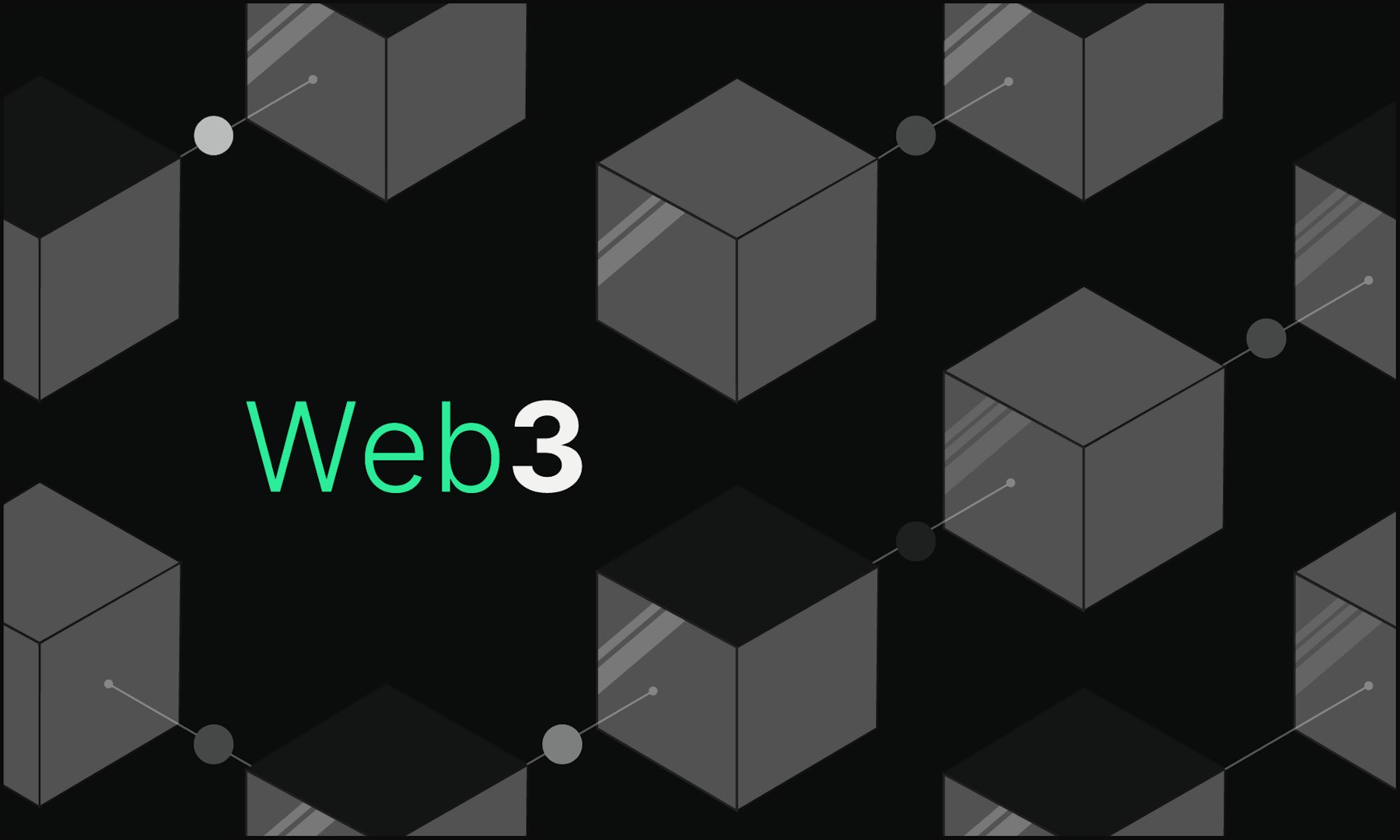Web3, also known as Web 3.0, represents the next generation of the internet, aiming to decentralise power, enhance digital ownership and provide users with greater control over their data and online interactions. Unlike Web 2.0, which is dominated by centralised platforms, Web3 leverages blockchain technology, decentralised finance (DeFi) and smart contracts to create a more open, secure and user-centric internet. Web3 seeks to eliminate intermediaries, enabling direct and transparent interactions between users.
Web3 shifts control from centralised platforms to users, allowing them to own their data, identity and digital assets without intermediaries.
It is powered by blockchain, enabling peer-to-peer transactions, smart contracts and decentralised applications (dApps) for greater transparency and security.
Web3 wallets give users full control over their assets, allowing them to trade, earn and interact with DeFi and other decentralised services.
While Web3 offers new opportunities, challenges like usability barriers, regulatory uncertainty, and security risks must be addressed for mass adoption.
